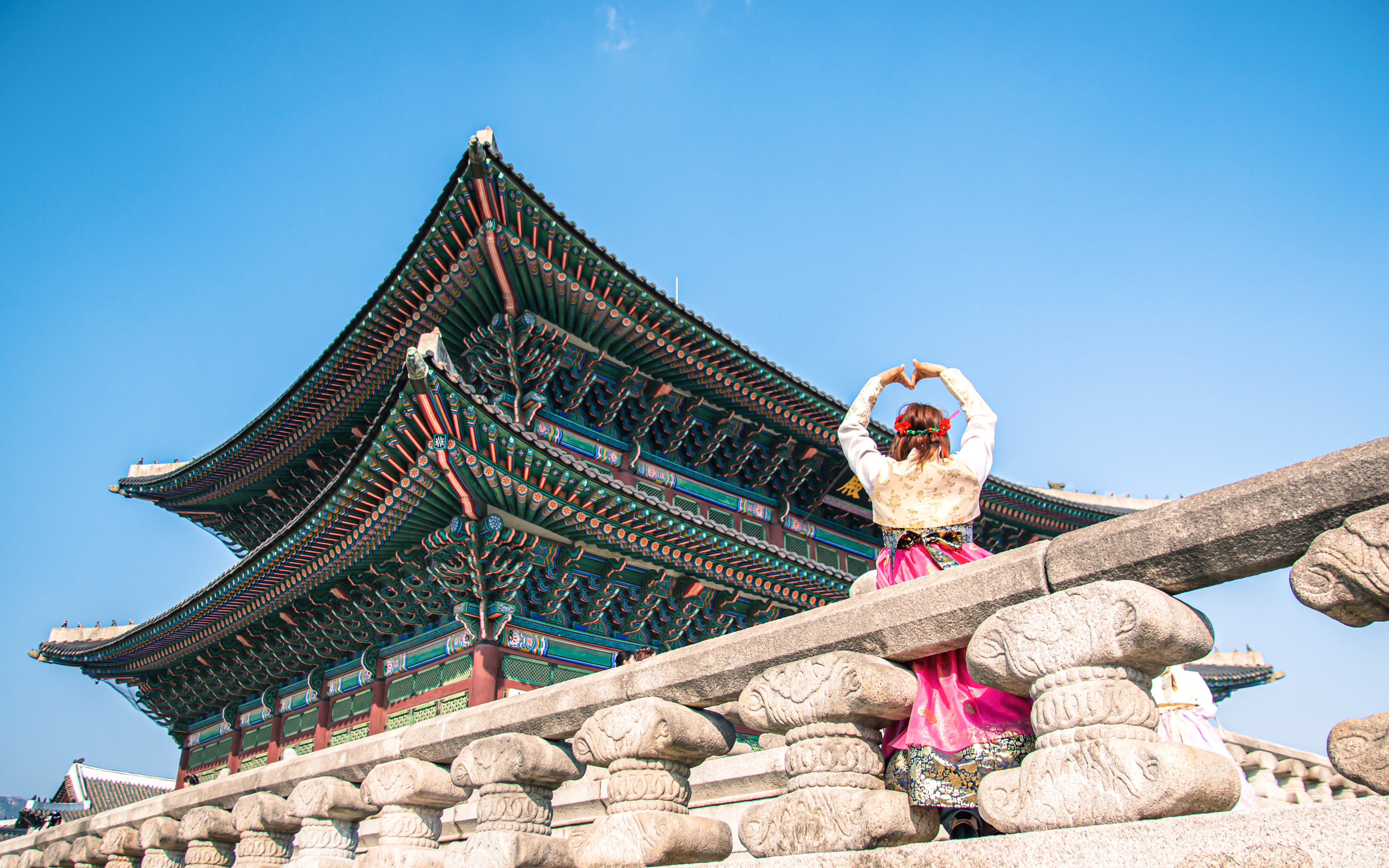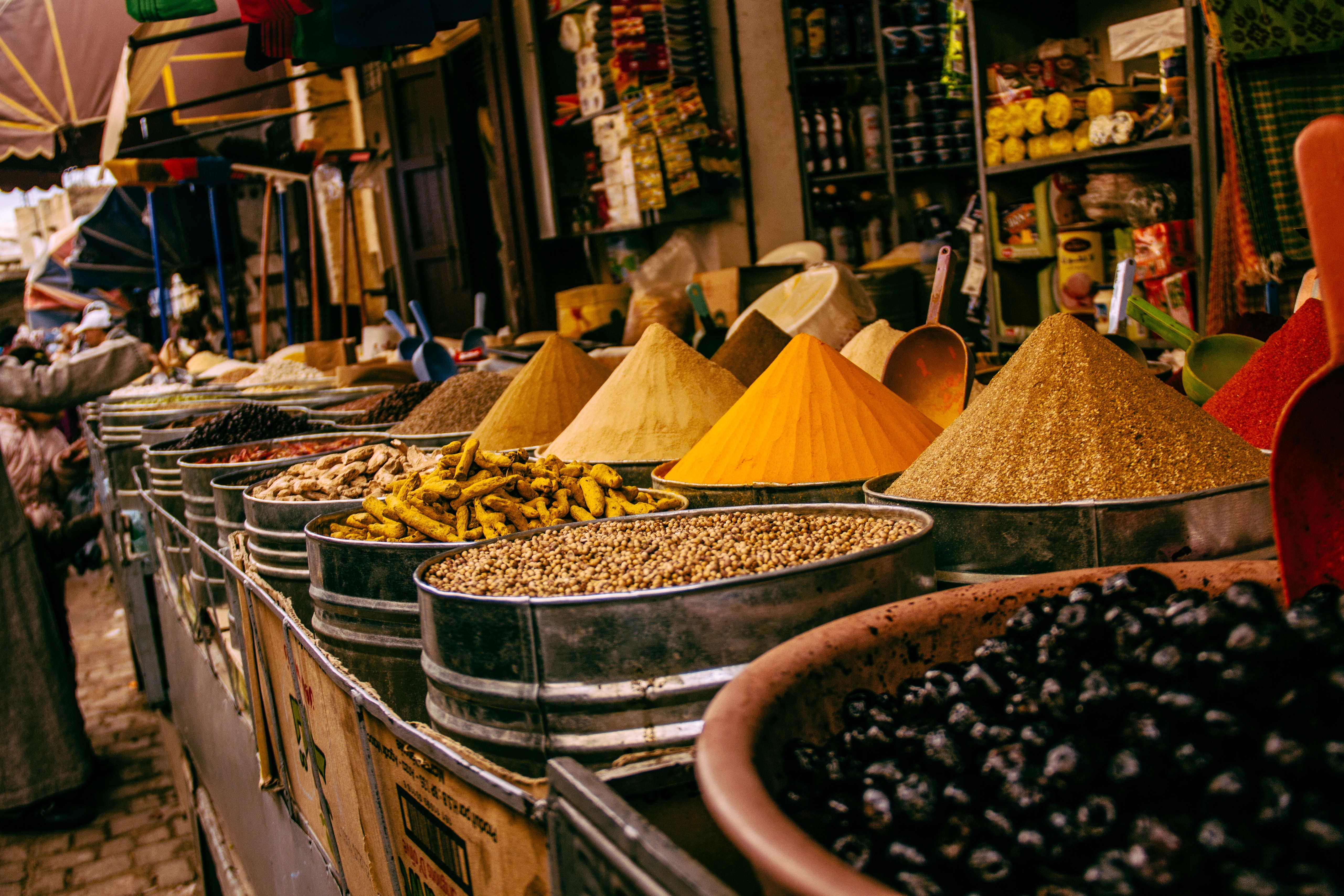Culinary Cures: 12 Foodie Destinations Where Local Diets Double as Health Remedies
In an era where the quest for health and wellness is ever-present, the intersection of food and healing has become a focal point for travelers and culinary enthusiasts alike. Around the globe, certain destinations stand out not just for their breathtaking landscapes or cultural heritage, but for their unique ability to offer healing through local cuisine. This article explores 12 such destinations where food is not only a source of nourishment but a means of promoting health, longevity, and vitality. From the spice-laden dishes of India to the fermented delicacies of Korea, each location offers a distinct culinary tradition that intertwines flavor with health benefits. Join us on this journey as we delve into the healing power of global cuisines, uncovering the secrets behind their ingredients and the cultural wisdom that has been passed down through generations.
1. Okinawa, Japan: The Island of Longevity

Okinawa, often referred to as the "Island of Longevity," is renowned for its residents' impressive lifespan and low incidence of chronic diseases. The Okinawan diet, rich in vegetables, tofu, and seaweed, emphasizes low-calorie, nutrient-dense foods. Sweet potatoes, a staple, provide a rich source of antioxidants and fiber. The diet's focus on plant-based foods, coupled with moderate fish and minimal meat consumption, is believed to contribute significantly to the health and longevity of its people. Additionally, the practice of "Hara Hachi Bu," eating until 80% full, helps in maintaining a healthy weight and reducing the risk of lifestyle-related ailments. This approach to eating is deeply rooted in Okinawan culture, reflecting a balance of physical and spiritual well-being.
2. Mediterranean Basin: A Heart-Healthy Haven

The Mediterranean diet, prevalent in countries like Greece, Italy, and Spain, is celebrated for its heart-health benefits. This diet emphasizes whole grains, fruits, vegetables, nuts, and olive oil, while fish and poultry are preferred over red meat. Red wine, consumed in moderation, is also a staple. The high intake of monounsaturated fats from olive oil and the omega-3 fatty acids from fish contribute to cardiovascular health. Studies have shown that the Mediterranean diet can reduce the risk of heart disease, stroke, and diabetes. The diet's focus on fresh, seasonal ingredients and communal eating practices also enhances its health benefits, fostering a sense of community and well-being.
3. India: Spices as Healing Agents

India's culinary landscape is vast and varied, with spices playing a central role in both flavor and health. Turmeric, known for its anti-inflammatory properties, is a key ingredient in many Indian dishes. Ginger aids digestion, while cumin and coriander are known for their detoxifying effects. Ayurveda, the ancient Indian system of medicine, emphasizes the use of spices and herbs to balance the body's energies and promote health. Indian cuisine's emphasis on plant-based ingredients, such as lentils, chickpeas, and vegetables, further enhances its health benefits. The tradition of using spices as healing agents is deeply embedded in Indian culture, reflecting a holistic approach to health and wellness.
4. Korea: The Power of Fermentation

Korean cuisine is distinguished by its extensive use of fermented foods, which are known for their probiotic benefits. Kimchi, a staple made from fermented vegetables, is rich in vitamins, minerals, and beneficial bacteria that promote gut health. Fermented soybean products like doenjang and gochujang are also integral to Korean dishes, offering both flavor and health benefits. The fermentation process enhances the nutritional profile of foods, making them more digestible and bioavailable. This focus on fermentation is rooted in Korean tradition, where food is seen as a means of maintaining balance and harmony within the body. The health benefits of fermented foods are increasingly recognized worldwide, with Korean cuisine at the forefront of this culinary trend.
6. Thailand: Balancing Flavors and Health

Thai cuisine is renowned for its complex flavors, achieved through a balance of sweet, sour, salty, and spicy elements. This balance is not only pleasing to the palate but also beneficial to health. Ingredients like lemongrass, galangal, and kaffir lime leaves are known for their digestive and anti-inflammatory properties. Chili peppers, rich in capsaicin, boost metabolism and circulation. Thai dishes often include a variety of fresh herbs and vegetables, enhancing their nutritional value. The emphasis on balance in Thai cooking reflects the broader cultural philosophy of maintaining harmony and health, making it a cuisine that nourishes both body and soul.
7. Peru: Ancient Grains and Superfoods

Peru is a treasure trove of ancient grains and superfoods that have sustained its people for centuries. Quinoa, a high-protein grain, is a staple in the Peruvian diet, offering essential amino acids and nutrients. Maca, a root vegetable, is known for its energy-boosting properties, while purple corn is rich in antioxidants. The diverse climate of Peru allows for a wide variety of fruits and vegetables, many of which are unique to the region. The use of these nutrient-dense ingredients in traditional dishes reflects a deep connection to the land and its bounty. Peruvian cuisine is a testament to the health benefits of consuming a diverse array of whole, unprocessed foods.
8. Ethiopia: The Nutrient-Rich Injera

Ethiopian cuisine is centered around injera, a sourdough flatbread made from teff, an ancient grain rich in iron, calcium, and protein. Injera serves as both a staple and a utensil, used to scoop up flavorful stews made from lentils, beans, and vegetables. The fermentation process used to make injera enhances its nutritional profile, making it easier to digest. Ethiopian dishes are often seasoned with a blend of spices called berbere, which includes chili peppers, garlic, and ginger, known for their health-promoting properties. The communal nature of Ethiopian dining, with meals shared from a common plate, fosters a sense of community and connection, enhancing the overall dining experience.
9. Mexico: The Legacy of Maize and Beans

Mexican cuisine is built on the foundation of maize and beans, providing a complete protein source that sustains the population. Corn tortillas, tamales, and pozole are just a few examples of how maize is integrated into daily meals. Beans, rich in fiber and nutrients, complement maize in providing essential amino acids. The use of fresh ingredients like tomatoes, avocados, and chili peppers adds flavor and nutritional value to Mexican dishes. Traditional cooking methods, such as nixtamalization, enhance the bioavailability of nutrients in maize. The rich culinary heritage of Mexico reflects a deep understanding of the health benefits of a balanced diet rooted in native ingredients.
10. Morocco: The Healing Properties of Spices

Moroccan cuisine is a vibrant tapestry of flavors, with spices playing a central role in both taste and health. Cumin, coriander, and saffron are commonly used in Moroccan dishes, known for their anti-inflammatory and antioxidant properties. Preserved lemons and olives add depth of flavor and are rich in beneficial compounds. The use of tagines, slow-cooked stews, allows for the preservation of nutrients and flavors. Moroccan tea culture, with its emphasis on mint and green tea, offers additional health benefits, promoting digestion and relaxation. The culinary traditions of Morocco reflect a harmonious blend of flavor and wellness, making it a destination where food truly heals.
11. Italy: The Art of Slow Food

Italy's culinary philosophy is rooted in the Slow Food movement, which emphasizes the importance of quality, sustainability, and tradition. Italian cuisine is characterized by its use of fresh, seasonal ingredients, with a focus on simplicity and flavor. Olive oil, tomatoes, and garlic are staples, known for their heart-health benefits. Pasta and bread, often made from whole grains, provide energy and nutrients. The Mediterranean climate allows for a diverse array of fruits and vegetables, enhancing the nutritional value of Italian dishes. The Slow Food movement encourages mindful eating and appreciation of food, promoting both physical and mental well-being.
12. Greece: The Diet of the Gods

Greek cuisine, with its emphasis on fresh, whole foods, is a cornerstone of the Mediterranean diet. Olive oil, a key ingredient, is rich in monounsaturated fats and antioxidants. Fresh vegetables, legumes, and fish are staples, providing essential nutrients and promoting heart health. The use of herbs like oregano and thyme adds flavor and additional health benefits. Greek yogurt, known for its probiotic content, supports gut health. The tradition of communal dining and the cultural emphasis on hospitality and sharing meals contribute to the overall well-being of the Greek people. Greek cuisine is a testament to the health benefits of a diet rooted in tradition and balance.
The exploration of these 12 global destinations reveals a common thread—the profound connection between food and health. Each cuisine, with its unique ingredients and preparation methods, offers a distinct approach to wellness, rooted in cultural tradition and wisdom. From the longevity-promoting diet of Okinawa to the heart-healthy Mediterranean meals, these culinary traditions provide valuable insights into the art of nourishing the body and soul. As we continue to navigate the complexities of modern life, the lessons from these global cuisines remind us of the importance of balance, simplicity, and connection in our pursuit of health and well-being. Whether through the healing power of spices, the benefits of fermentation, or the art of mindful eating, these destinations offer a roadmap to a healthier, more flavorful life.








